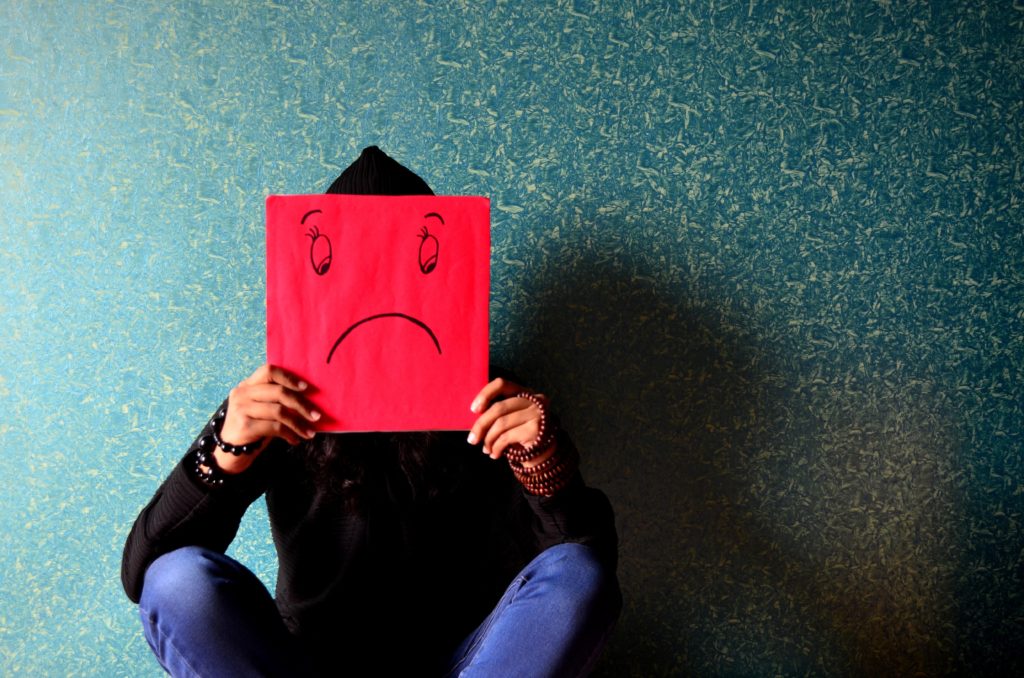Understanding Depression (Part 1)

Major Depressive Disorder
In the past few months, the world has been shocked several times by cases of suicide by famous public figures who has depression: Kate Spade, Anthony B. Bourdain, and even Kim Jong-Hyun. It can be confusing for us since they often appear cheerful and happy in front of our TV screen. However, the fact is that they are often found to be suffering from depression. According to World Health Organization (WHO), close to 800,000 people die from suicide every year.Furthermore, according to American Foundation for Suicide Prevention, more than 50% of them suffered from Depression.
Symptoms of depression are, unfortunately, often still unrecognised or underestimated. For that reason, those who suffer from depression often unable to get the help they need. But the truth is there are more than 300 millions people suffering with depression in the world. 9 millions of them are Indonesians. Many then decided to end their lives. Hence, it is important for us to know the signs of depressions. We need to know so that we ourselves can be more aware of our own and other people's mental health. Therefore, KALM will publish a series of articles to cover the many kinds of depressions out there.
Types of Depressions
According to the American Psychiatric Association (APA), there are several disorders under the big umbrella of depression. Some examples are Disruptive Mood Dysregulation Disorder, Major Depressive Disorder (Major Depressive Episode), Persistent Depressive Disorder (Dysthymia), Premenstrual Dysphoric Disorder, and Substance/Medication-Induced Depressive Disorder. But to begin our series on depression, KALM will first talk about the symptoms of Major Depressive Disorder (MDD) as it is the most classic and often occurring disorder.
Symptoms of Major Depression Disorder (MDD)
According DSM-5 (APA, 2013), someone can be characterised to be suffering from MDD when they haveat least 5 of these 9 symptoms present nearly every day with the duration of a minimum of 2 weeks. One of the symptoms should include symptoms 1 & 2:
- Your mood feels depressed most of the day. You yourself noticed this or someone else observed it and let you know.
- You lost interest and cannot feel pleasures from almost all kinds of activities. Even your hobbies are no longer enjoyable.
- Losing a lot of weight without dieting or significant weight gain (change of more than 5% within a month). Or there is a noticeable decrease or increase in appetite.
- Insomnia (inability to get to sleep or difficulty staying asleep) or hypersomnia (sleeping too much).
- Feeling fatigue, tired, or having no energy. Even the smallest tasks, like dressing or washing, seem difficult and take longer than usual.
- Feeling of worthlessness, or an excessive or inappropriate guilt.
- You feel that you are unable to think, concentrate, or becoming indecisive (you feel confused or have difficulty in remembering things).
- Recurrent thoughts of death and suicide.
- You start to showing extreme and aimless behaviours. For example, pacing back and forth aimlessly or biting your lips and nails to the point of bleeding.
Notes:
- Symptoms causes distress and disrupt social activities, work, and other daily functions.
- Symptoms are not caused by drug use or other certain medical conditions.
- You do not have any manic episode (extreme and uncontrollable feeling of happiness).
These symptoms are the signs for MDD in the category of episodic depression. Without receiving proper help their depression can become worse. From episodic, MDD can turn into a chronic or persistent depression, or Dysthymia.
Don't Hesitate To Get Help!
Now that you know about the symptoms of MDD, do you feel that you are experiencing them? Or someone you know? Perhaps it is your co-workers or even a family members. If you do, reach out to the nearest psychologist so that you or that person can receive the appropriate help.
Lets be more sensitive about the symptoms and recognise them in ourselves and others. Lets care more about our mental health!
Baca Artikel Lainnya



